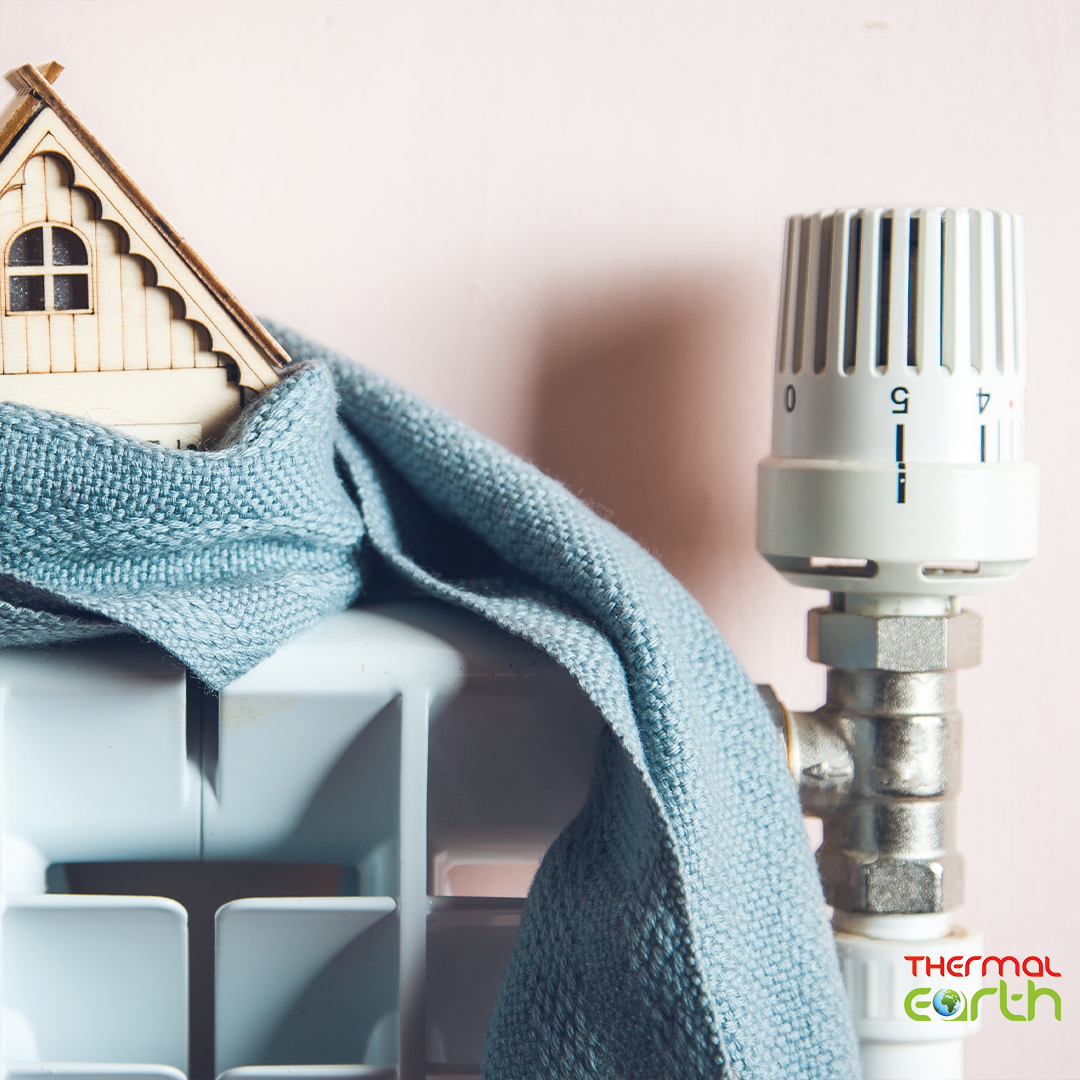Blog

What does the future of home heating look like?
Posted on 23 March 2022 in Blog
If there’s one thing the government agrees on right now, it’s the need to reduce fossil fuel consumption. By announcing their target to cut carbon emissions to net zero by 2050 and mandating the end of fossil fuel heating systems in new homes from 2025, the UK is making big, bold moves for a cleaner, greener future.
Here we take a look at what this means and explore what the future of home heating (minus fossil fuels) might look like.
A climate of change
Back in March 2019, the Chancellor Philip Hammond announced a future Homes Standard, mandating the end of fossil fuel heating in all new homes from 2025. This is a clear, positive move that’ll see home builders choosing low carbon alternatives to traditional gas boilers, LPG gas and oil systems in just three years.
But does it go far enough? The full recommendations from the government’s advisory Committee on Climate Change included a total ban on fossil fuels to new homes – including supplies for hobs and ovens –which would have made an even bigger impact.
The UK already had a 2050 target to reduce emissions by 80%, which was agreed by MPs under the Climate Change Act in 2008. In June 2019, Prime Minister Theresa May unveiled a new target to reach net zero greenhouse gas emissions by 2050. Only with these measures (and other countries following suit) will we have a chance of staying below the recommended 1.5C temperature rise by 2100 which is considered the threshold for dangerous climate change.
To reach the net zero target, carbon emissions must be avoided completely or offset in some way. That means that every single one of us will need to have made the switch to a renewable heating source by 2050.
The future of home heating
Looking into the future of home heating and you’ll see ground and air source heat pumps at the heart of it. Heat pumps don’t rely on fossil fuels but instead absorb heat from the ground or air and use a small amount of electricity to compress the heat to a high temperature. And just like that – you can heat your home.
They’re extremely efficient and while there’s a higher initial cost, you can reap it back through their long lifespan and lower energy bills. Combine them with a renewable source of electricity (e.g., solar, wind or hydro) and you could be living the carbon neutral dream.
Other options for eco-friendly home heating include:
Solar thermal panels – panels on your roof absorb heat from the sun and the heated fluid is transferred to your fuel tank.
Biomass boilers and stoves – these burn logs, wood chips or pellets to heat either one room or a whole home in a direct alternative to a gas boiler.
Large-scale heat networks
A crucial step forward will be heat pumps being used at a much bigger scale. From communal ground loop systems heating multiple homes and reducing the cost of installation to district heating systems for whole housing estates.
A huge success in Scandinavian cities, district heating systems have a heat generation plant which is able to supply heating and hot water to a large number of homes using a network of below-ground pipes. The UK has already implemented a number of commercial and residential district heating systems and this is set to keep on growing, which we are looking forward to being involved in.
Helping to make it happen
While 2050 seems a long way off, these are fundamental changes that require new cultures, incentives, systems, support and networks to be put in place.
We’re going to see a huge growth in technology and devices running off renewable electricity, so the grid is going to require significant improvements to help meet demand. Developments in aggregation services, aim to balance the load on the grid whilst making better use of renewable energy generation. Services like this mean we will be able to align the demand on generation from sustainable energy sources such as wind, solar and hydro.
These changes will give a massive boost to the green economy, with new jobs being created and our existing workforce widening their skillset.
Costs for consumers
The good news for consumers is that the cost of eco-friendly heating equipment and installation should be driven down as competition and scale increases. This paired with the Government incentive schemes such as the Renewable Heating Incentive (RHI) and the new Boiler Upgrade Scheme (BUS) launching in April 2022, means that homeowners can start to put eco-friendly measures in place now – such as improving insulation or replacing an old and inefficient boiler with a renewable option.
Start future-proofing your home now
If you’re interested in learning more about how your home could benefit from a renewable energy system, get in touch. We’ll discuss your current heating system and offer free, no obligation advice on how to move to a more sustainable energy source that is suitable for you and your home or commercial property.
 Facebook
Facebook LinkedIn
LinkedIn Twitter
Twitter













